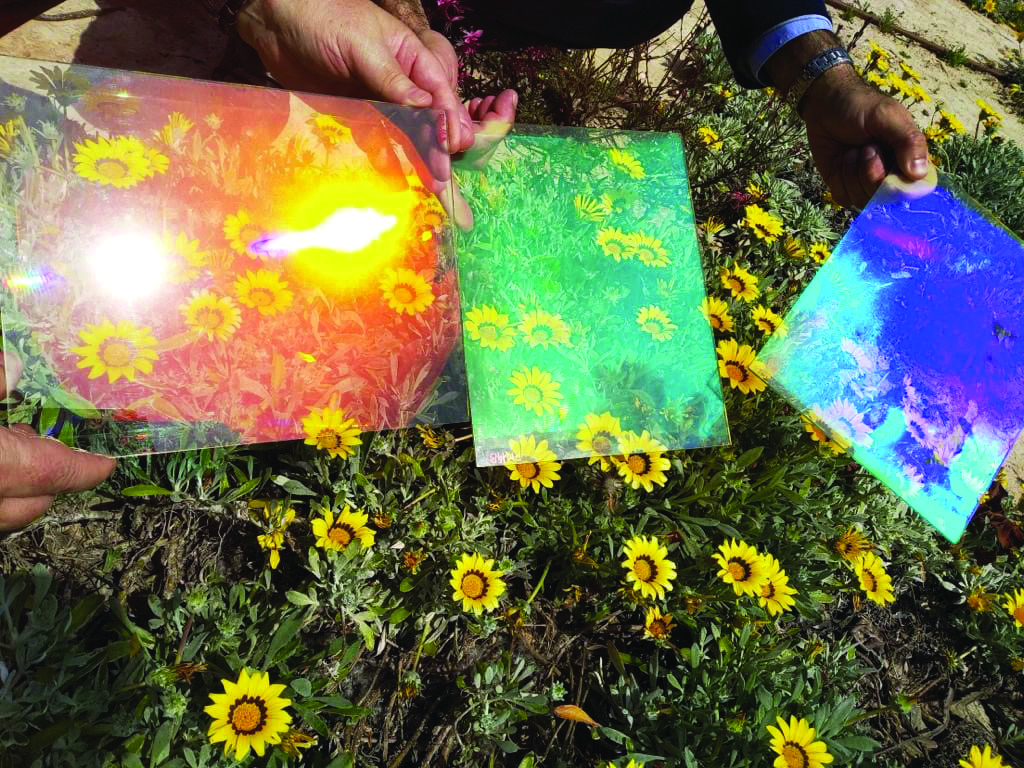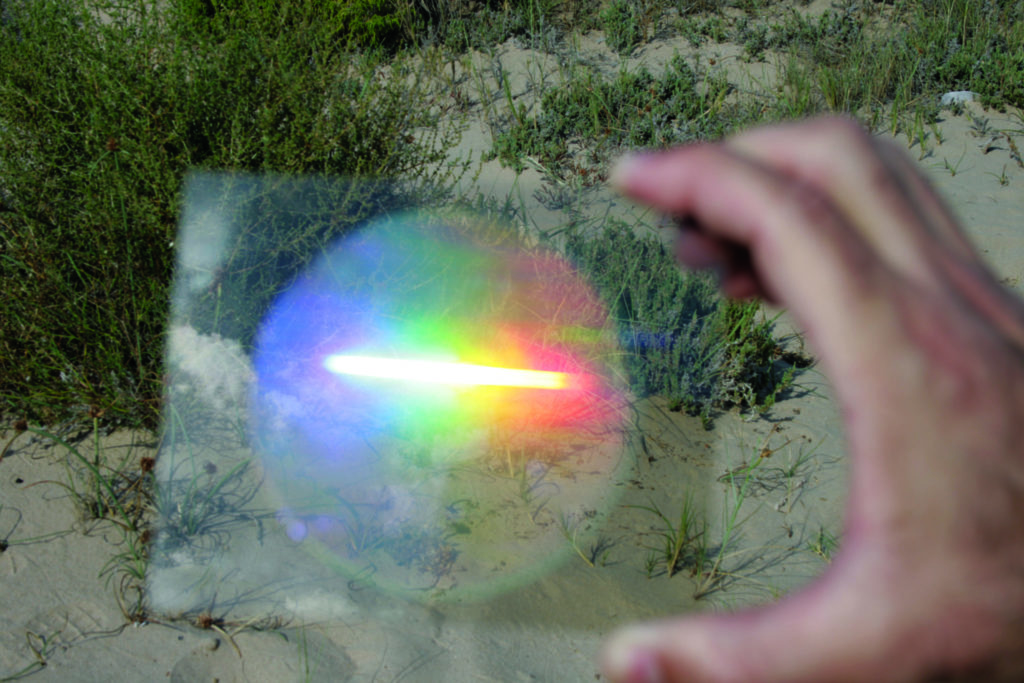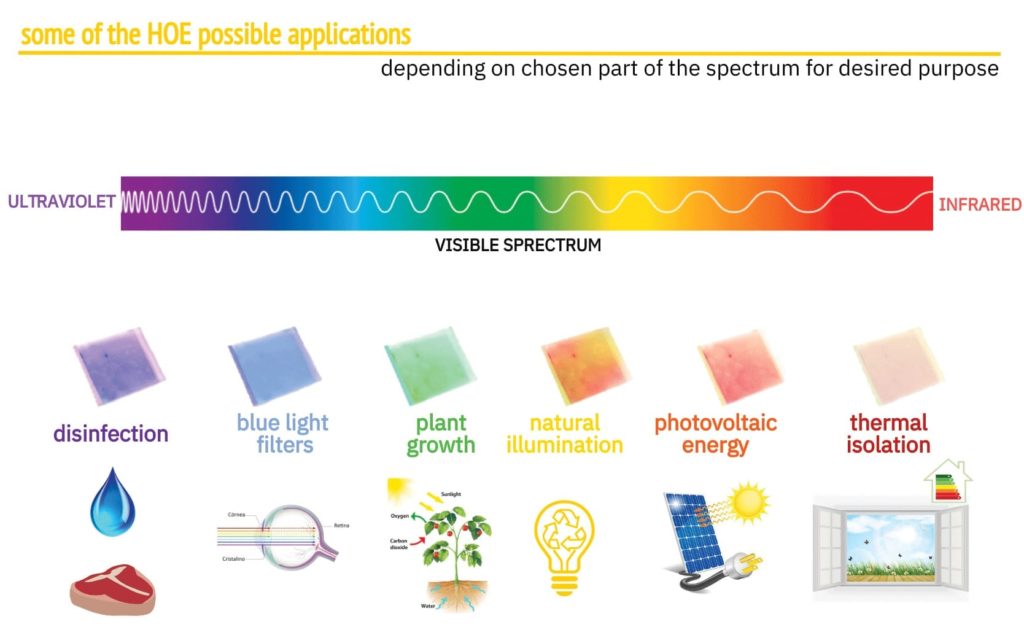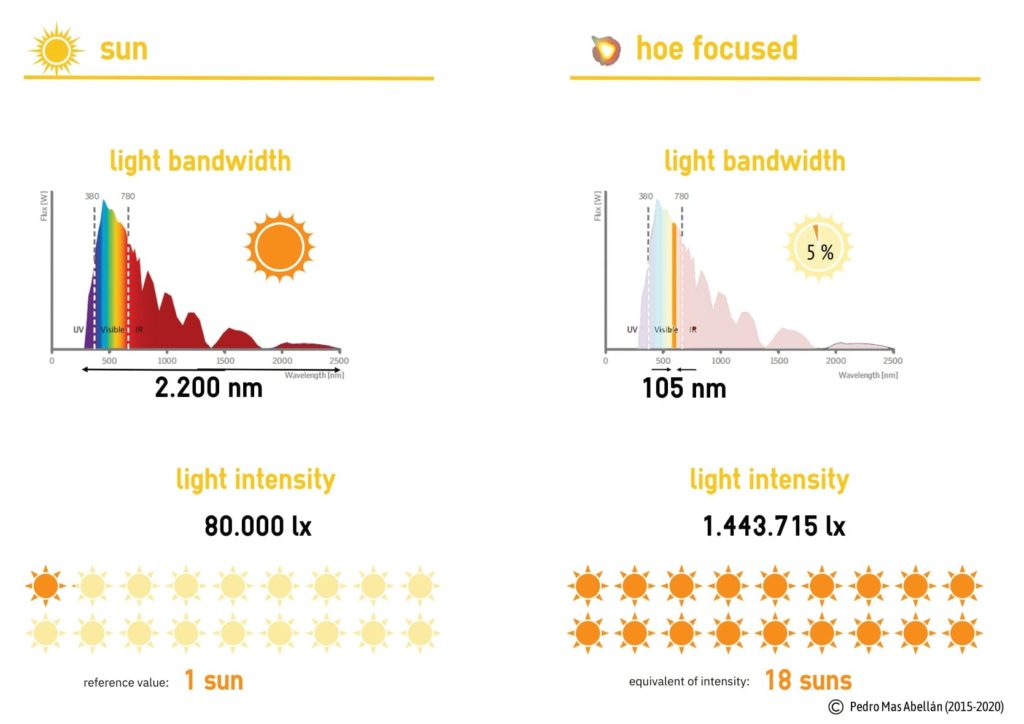Refining the Sun
A novel holographic technology offers new possibilities for the largest source of energy on the planet – the Sun. Learn how the radical concept of solar refining is bringing the power of the sun to new horizons with the potential to deliver significant, immediate benefits.
From fueling the photosynthetic cycles that provide essential nutrients for all living species, to shaping seasons and individual biorhythms, the Sun is the original energy source for life as we know it. It is also the largest, most immediate source of energy. Sunlight provides by far the largest of all carbon-neutral energy sources. More energy from sunlight strikes the Earth in one hour (4.3 × 1020 J) than all the energy consumed on the planet in a year (4.1 × 1020 J).
Solar energy is a reputable renewable energy that can be harnessed either through photovoltaics (PV) that convert sunlight into electricity or through solar thermal technology that uses sunlight to generate thermal energy. However, traditional sun management systems are largely binary in that they operate on the availability of sunlight in its entirety. In addition, a multitude of factors can decrease the efficiency of these systems including dust and high temperature, inhibiting the luxes received from the Sun and effecting overall performance. While some concentration methods for solar systems aim to increase efficiencies, these technologies fail to take into consideration that these systems do not need the entire spectrum for them to be effective. In fact, concentrating the whole spectrum actually decreases the efficiency of solar units, showing the clear need and benefit for filtering out unnecessary solar radiation.

In fact, many applications do not require the whole spectrum of sunlight. This is not only the case for operating solar panels, but also holds true for the plants we grow in our greenhouses, to the very sunlight that brightens our homes, fields and industries. What if we could split the spectrum of the sun to utilize its most efficient parts per application – filtering out the harmful or unnecessary components? Better yet, what if we could concentrate, re-direct and filter out the spectrum needed for each application, having an even greater impact that could empower individuals and the energy transition? Holographics are the answer.
Defying conventions, controlling light
Innovative holographic solutions offer countless new opportunities for the potential of solar energy for customized applications where they are needed. Through optical information storage, non-conventional optics and nanotechnology, one can defy conventional optics and essentially control light in its entirety. In a provoking comparison, one could liken the Sun’s rays to crude oil in that the application of holographic solutions refine sunlight by selecting the specific light and solar radiation needed for the respective applications in the most efficient way possible.

During a field test, the Sun shone at an intensity of around 80,000 luxes. With a specifically designed Holographic Optical Element (HOE), just 5% of the total spectrum was selected and concentrated to 1,443,715 luxes or – 18 “filtered suns” – providing only the energy required for that specific application. Note the significance of these results, bearing in mind the percentage of the chosen spectrum is only 5% of the 600nm range. The results are exponentially larger depending on the optimization of the HOE with the required application, selecting a wider spectrum and concentrating it in a bigger spot. The above example was achieved using a 20cm x 20cm HOE and concentrated on a 3cm diameter spot. Optimization and customization are key.
Setting new horizons
HOEs have unlimited application possibilities – all processes or applications that essentially require light, whether sunlight or artificial light – from energy systems (with and without PV panels), to wastewater treatment, general disinfection, to thermal insulation, horticulture, packaging, illumination through to light filters (for medical purposes)— all are suitable candidates for holography, increasing the benefit of the solar energy harvested, the performance of the existing solar applications and contributing to cost-savings.
On a sunny day with 80,000 luxes of sunlight, the HOE provided over 1.4 million luxes in an area as small as 3 cm in diameter.
But perhaps one of the most striking applications of this technology is its immediate contribution to improving the efficiency of the critical key aspects in mitigating climate change: renewable energy sources, lessening CO2 production and improving energy efficiency.
With the widespread adoption of HOEs, the technology has the potential of democratizing the energy transition in a revolutionary way, empowering individuals to produce their own energy without relying on a grid, using it as direct sunlight source for all building areas, including basements, thermal insulation in new or retrofitting building projects and enabling wider authorities, industries and the horticultural world, among many others, in their energy transition efforts. In fact, authorities in the Spanish city of Alicante are considering its use in solar photocatalysis projects to regenerate the area surrounding the city ́s castle and in a separate project which aims to re-use wastewater in the prevention of forest fires and reforestation efforts by bringing water up the mountains for fire extinction in a renewable, sustainable manner.

